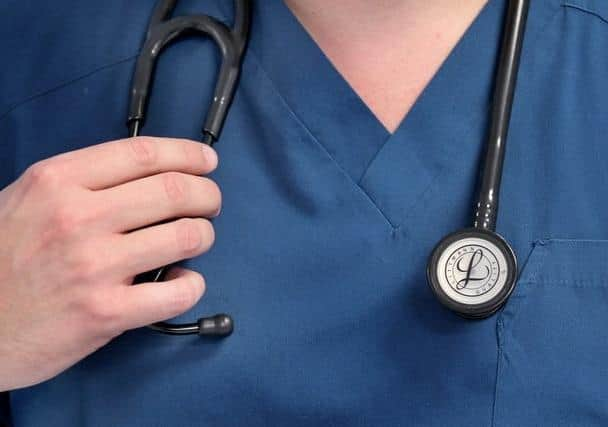More than 200 people waited more than 12 hours in Watford’s A&E in July
and live on Freeview channel 276
More than 200 patients had to wait 12 hours or longer for emergency treatment at Watford General Hospital in July, new data shows.
National targets say 95 per cent of patients should be treated within four hours of arrival at A&E – and no patients should wait more than 12 hours.
Advertisement
Hide AdAdvertisement
Hide AdBut according to the latest data from the West Herts Hospitals Trust, in July fewer than 75 per cent of patients were seen within four hours at the hospital’s A&E department.


And there were, says the report, 247 patients who spent 12 hours or more in the department, from arrival to departure .
However the vast majority of patients seeking emergency treatment from the Trust – 98 per cent – received an initial assessment within 15 minutes of their arrival.
The latest data was presented to a meeting of the West Herts Hospitals Trust board on Thursday, September 2.
Advertisement
Hide AdAdvertisement
Hide AdAnd commenting on the performance of the Trust’s emergency department following the meeting, chief operating officer Sally Tucker pointed to ‘extremely high’ attendances.
It is understood that in July there were more than 3000 people who attended the Trust’s emergency department – almost 10 per cent more than the month before.
“We are always sorry when any patient experiences delay to their treatment, said the chief operating officer.
“We do everything we can to ensure that patients in our emergency department are kept safe and do not come to harm while they are waiting.
Advertisement
Hide AdAdvertisement
Hide Ad“We are continuing to experience extremely high attendances in ED, which includes a surge in demand for mental health support.
“High attendances are compounded by the need to maintain safe pathways of care for Covid and non-Covid patients combined with lower staffing levels due to sickness or leave.
“We are working closely with our partners across the CCG, local mental health trust and ambulance service to ensure our patients get the right support.
“We are also working in partnership with the ambulance trust to reduce unnecessary ambulance journeys by increasing the use of appropriate community-based services.”
Advertisement
Hide AdAdvertisement
Hide AdThe report to the Trust’s board also indicates that that just 25.8 per cent of ambulance handovers – that’s one in four – were completed in less than 15 minutes in July.
And on 265 occasions ambulance turnarounds were delayed by more than an hour.
According to the report the Trust is continuing to work with the East of England Ambulance Trust to ‘support offload delays’.
Meanwhile latest data shows that at the end of July there were 789 patients who have been waiting 52 weeks or longer for hospital treatment – which is 109 lower than the 898 recorded n the previous month and 373 lower than the 1162 in May.
Advertisement
Hide AdAdvertisement
Hide AdThe number of patients waiting two years or longer has increased to 28.
The percentage of patients treated within 18 weeks was 76.6 per cent in July – compared to national target on 92 per cent.
Latest data (from July) indicates there are 6501 patients who have been waiting 18 weeks or longer for treatment.